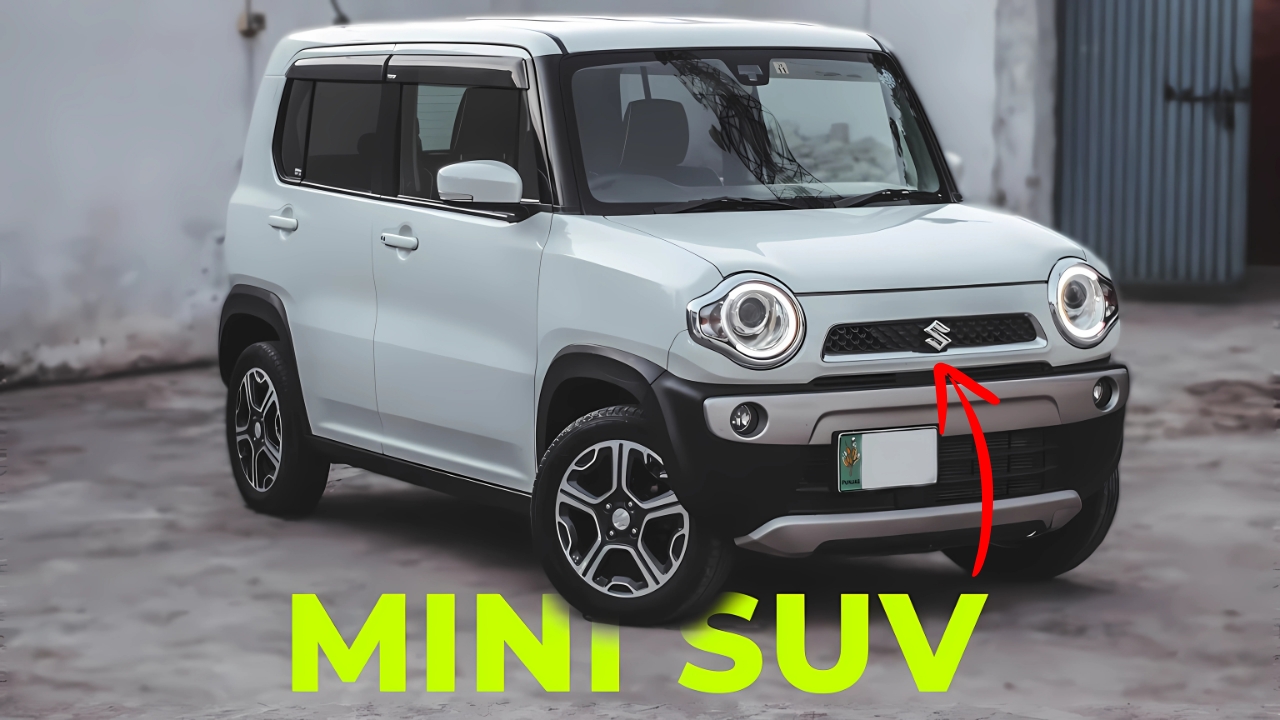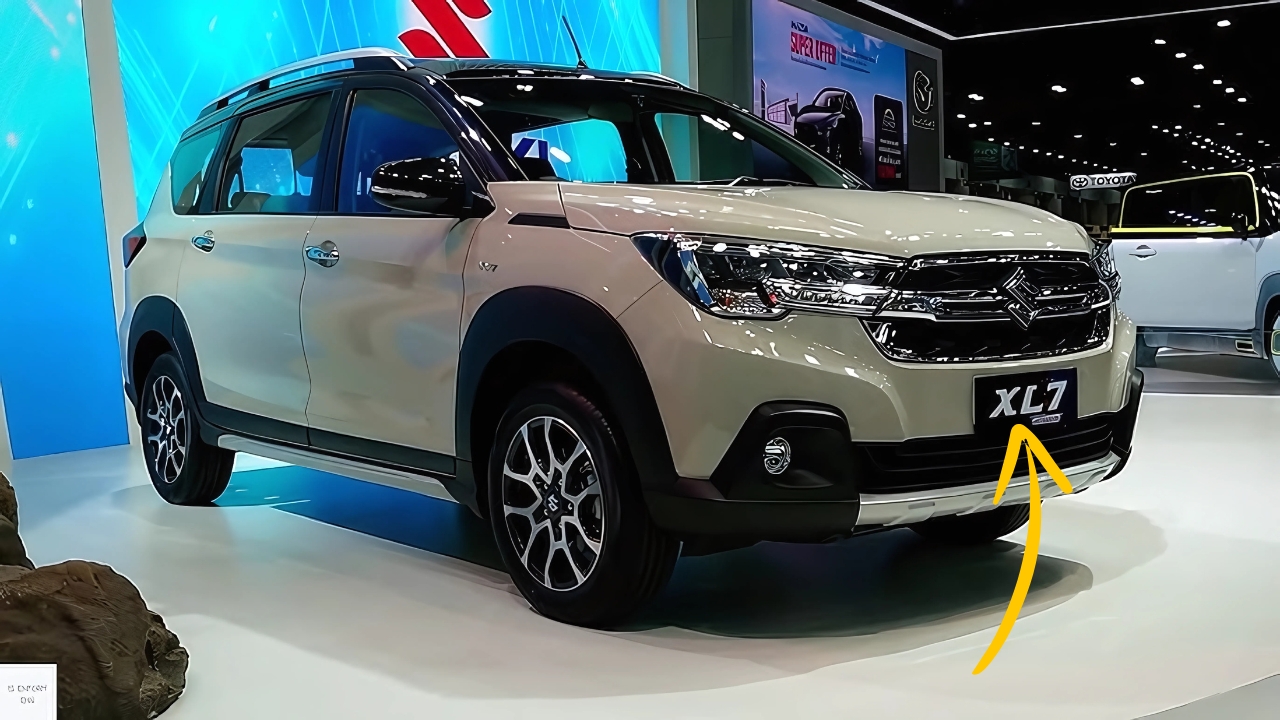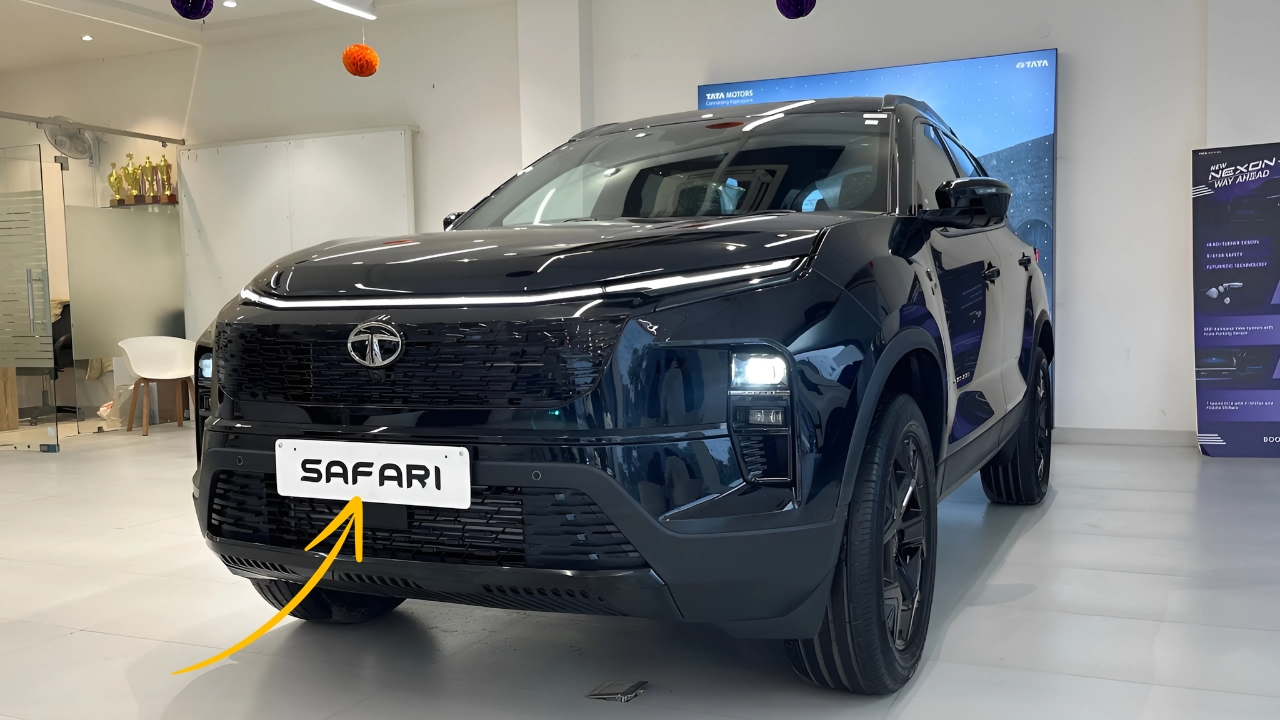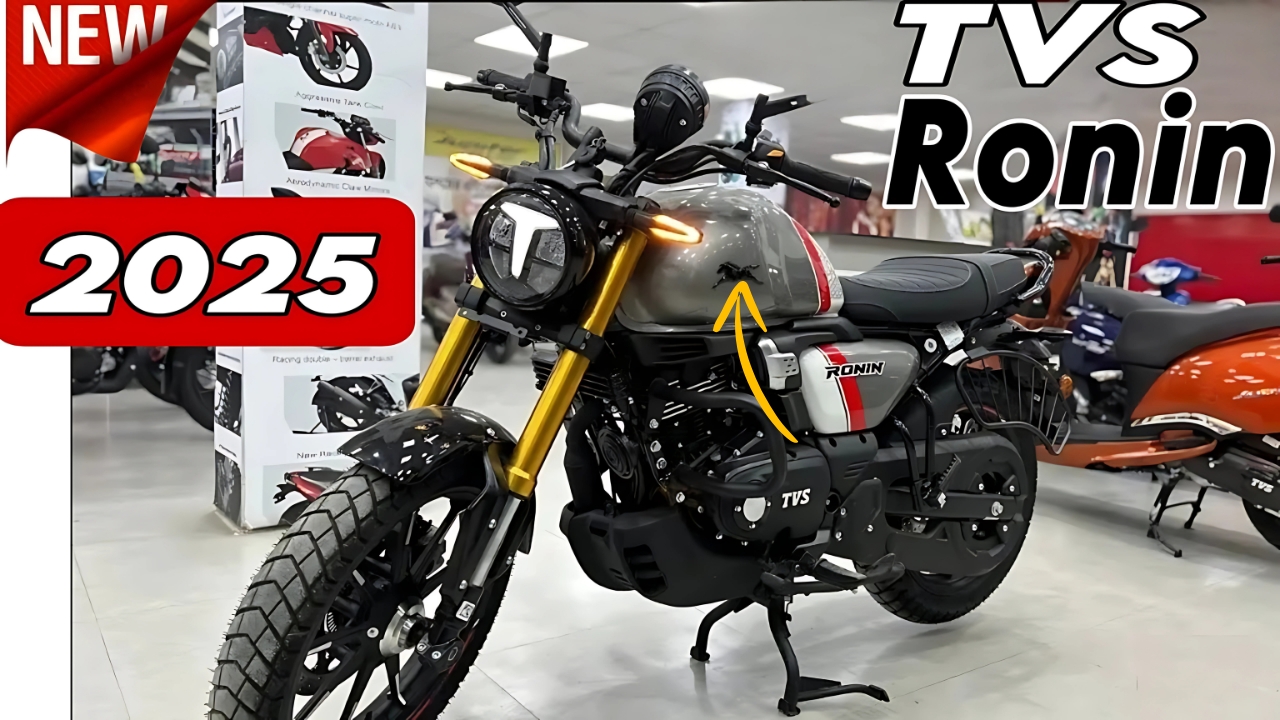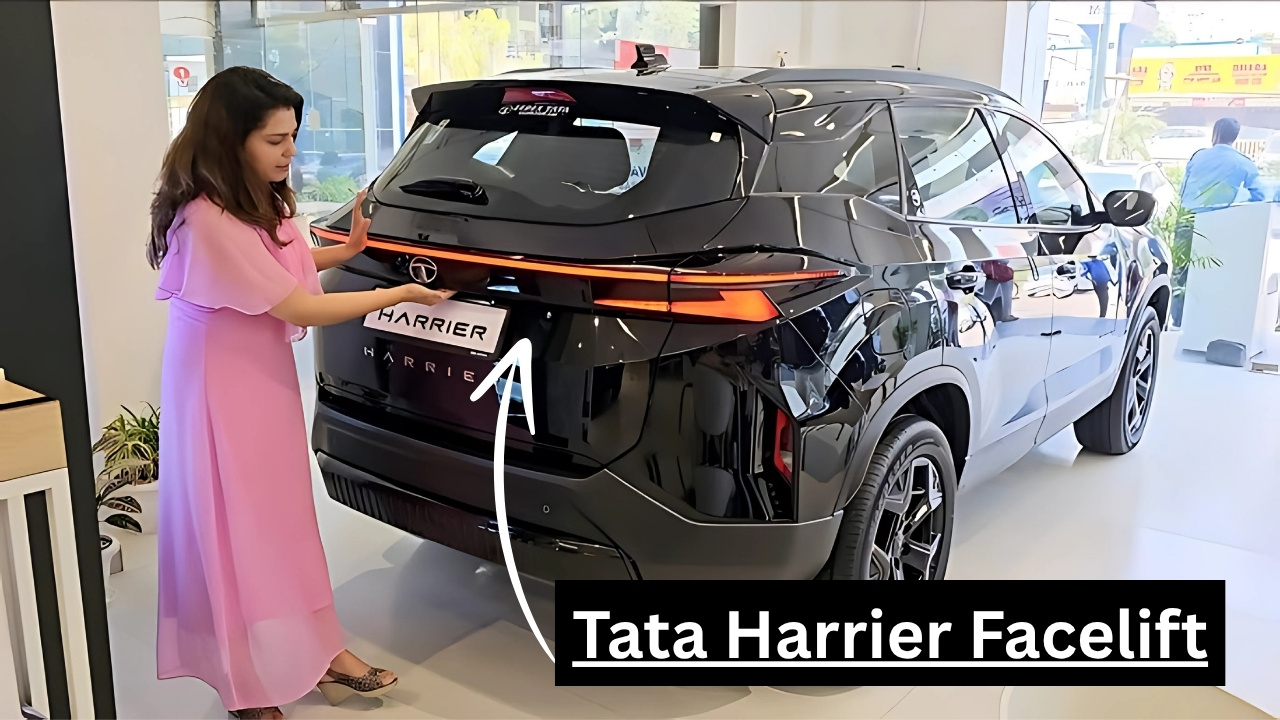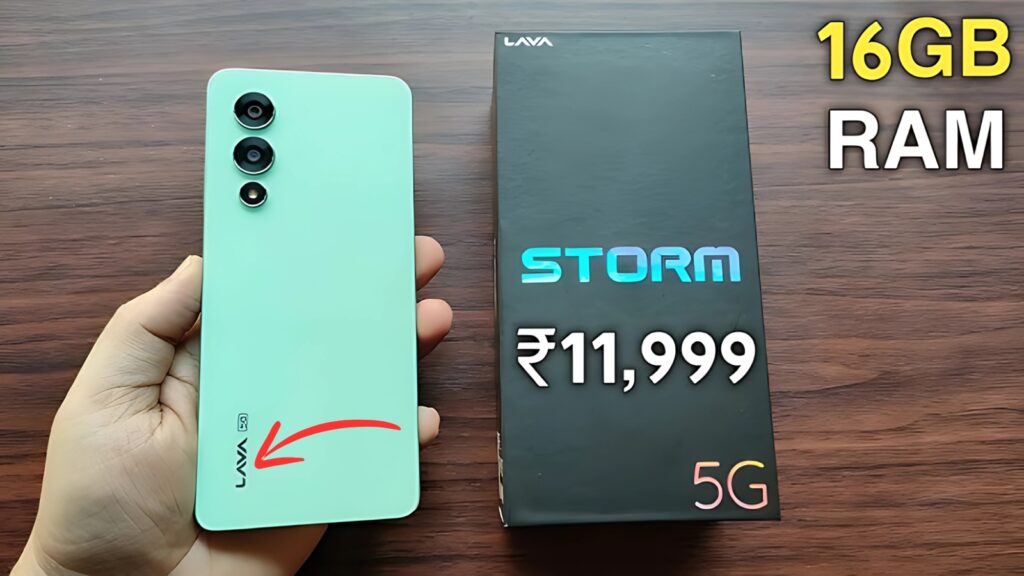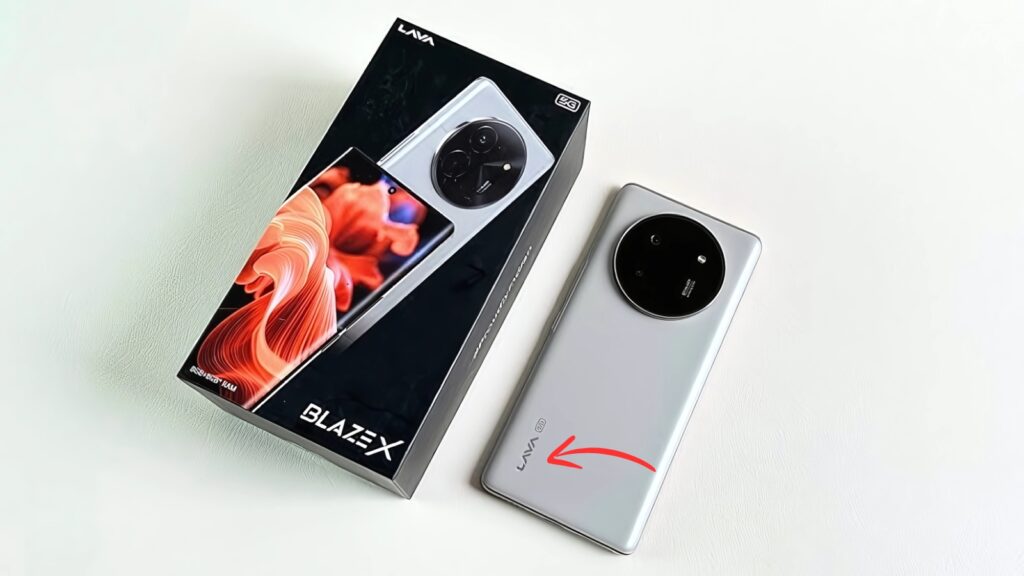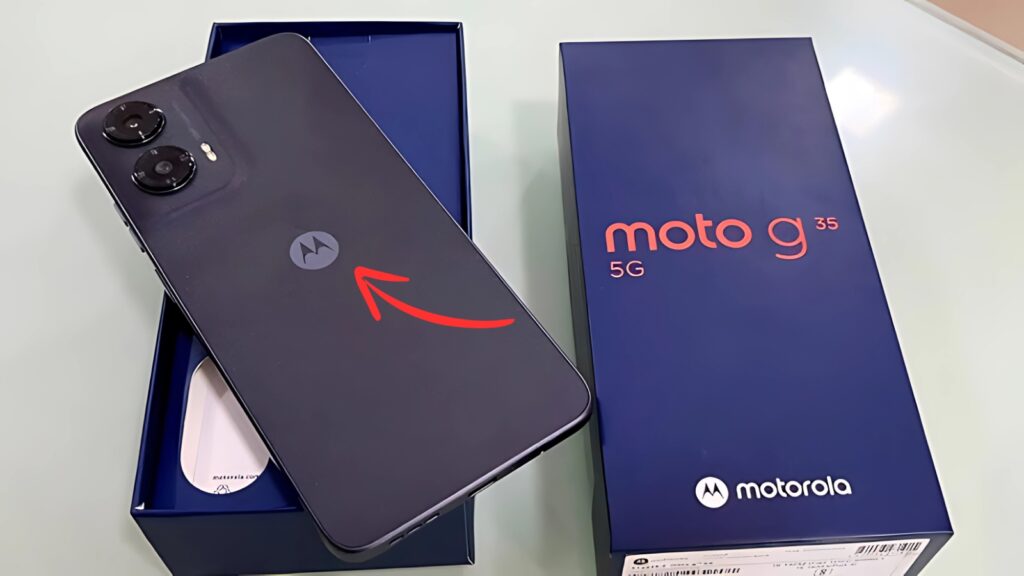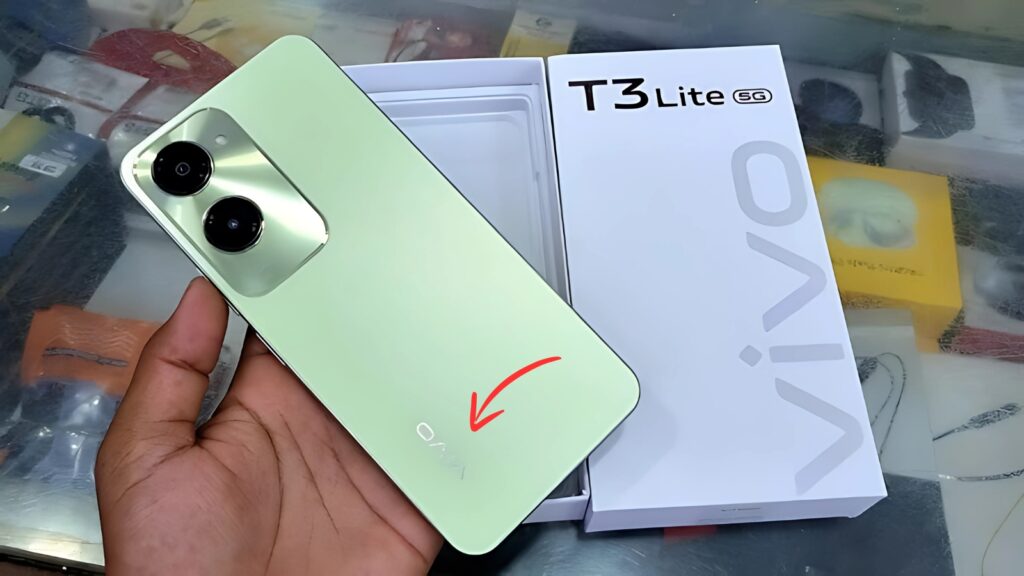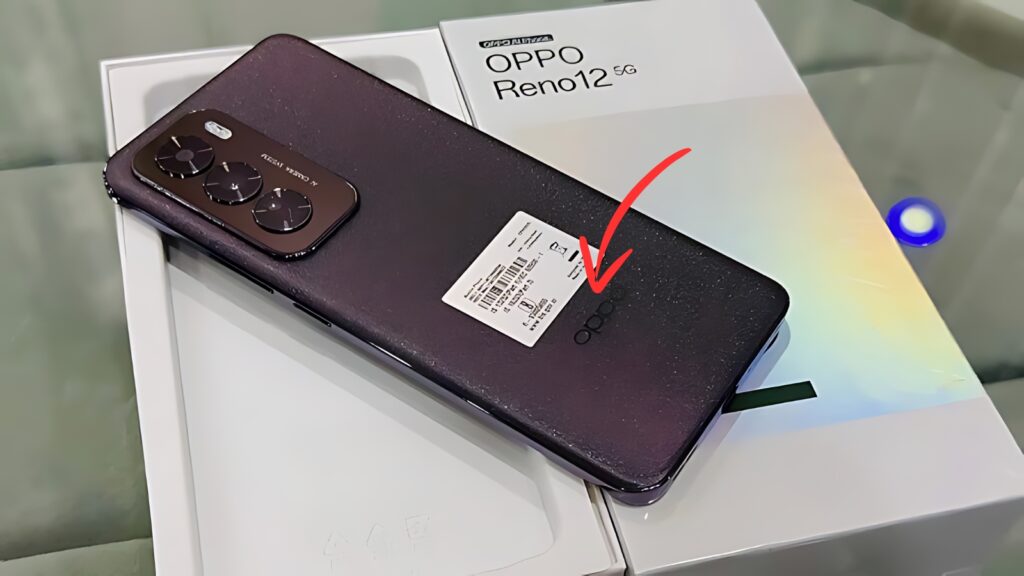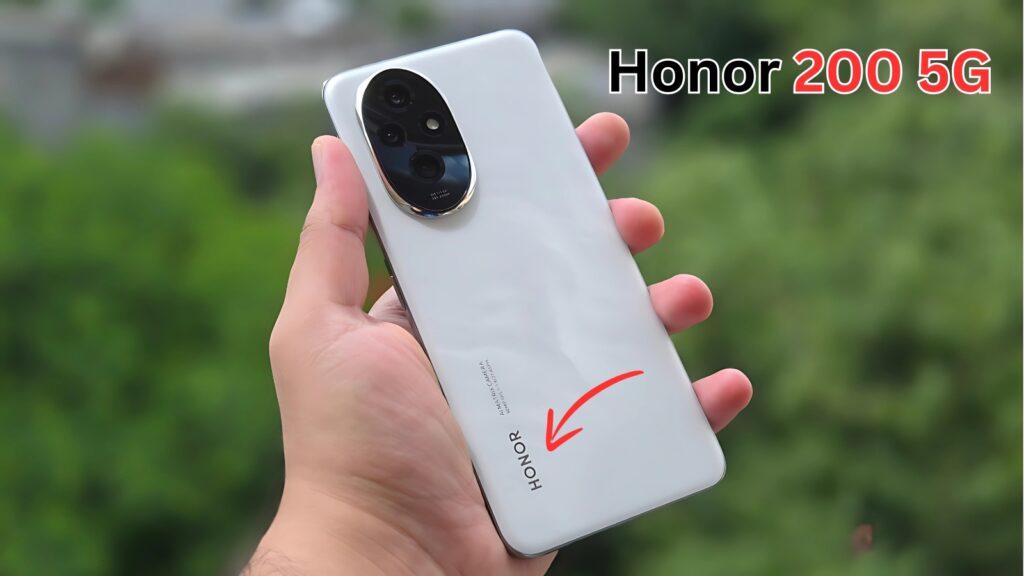Maruti Suzuki Hustler : The compact SUV segment continues to experience tremendous growth in India, with manufacturers constantly exploring new possibilities to capture consumer attention.
Suzuki’s global portfolio includes various interesting models that could potentially adapt to Indian market requirements.
The Hustler, a popular kei car in Japan, represents an intriguing design philosophy that combines compact dimensions with SUV-inspired styling, sparking discussions about similar concepts for emerging markets.
Understanding the Compact SUV Market Dynamics
India’s automotive landscape has witnessed a significant shift toward SUVs and crossovers in recent years.
Consumers increasingly prefer vehicles that offer commanding driving positions, robust styling, and versatility for both urban and highway use.
This trend has prompted manufacturers to develop compact SUVs that deliver these attributes while remaining affordable and fuel-efficient.
Maruti Suzuki, commanding the largest market share in India, has successfully introduced several SUV-styled vehicles including the Vitara Brezza, S-Cross, and Grand Vitara.
Each model targets different customer segments while maintaining the brand’s core values of reliability, efficiency, and value for money.
The success of these models demonstrates the strong appetite for SUV-styled vehicles across price points.
The sub-4-meter SUV category particularly resonates with Indian buyers due to tax advantages and maneuverability in congested urban environments.
Vehicles in this segment combine the visual appeal of SUVs with the practicality of smaller dimensions, creating an attractive proposition for first-time buyers and those upgrading from hatchbacks.
Design Philosophy and Styling Elements
The concept of compact SUVs with distinctive styling has gained traction globally. These vehicles typically feature upright proportions, generous ground clearance, and rugged design elements that convey adventure-ready capability.
The boxy silhouette maximizes interior space efficiency while creating a unique road presence that stands out from conventional hatchbacks.
Modern compact SUVs incorporate design elements like prominent wheel arches, protective body cladding, and roof rails that enhance the adventurous character.
The front fascia often features bold grilles and skid plates that suggest off-road capability, even if actual usage remains primarily urban.
These styling cues appeal to younger buyers seeking vehicles that reflect active lifestyles.
Interior design in compact SUVs focuses on maximizing space utilization and creating an airy cabin environment.
Upright seating positions provide excellent visibility while making ingress and egress easier for all passengers.
The dashboard layout typically emphasizes functionality with intuitive controls and modern infotainment systems that cater to tech-savvy consumers.
Powertrain Possibilities and Efficiency
The Indian market demands fuel-efficient powertrains that deliver adequate performance without compromising running costs.
Manufacturers typically offer petrol engines in the 1.0 to 1.5-liter range, often featuring turbocharging for improved power delivery.
These engines balance performance requirements with the fuel efficiency expectations of cost-conscious Indian consumers.
The possibility of mild hybrid technology adds another dimension to powertrain development. This system can improve fuel efficiency and reduce emissions while keeping costs manageable.
The technology particularly benefits urban driving conditions with frequent stop-and-go traffic, where the hybrid system can reduce fuel consumption significantly.
Transmission options increasingly include automatic variants alongside traditional manual gearboxes. Automated manual transmissions (AMT) provide the convenience of automatic operation at lower costs than conventional automatics.
Continuously variable transmissions (CVT) offer smooth operation and optimal fuel efficiency, appealing to urban drivers prioritizing comfort and economy.
Technology and Feature Integration
Modern compact SUVs must incorporate technology features that meet evolving consumer expectations.
Touchscreen infotainment systems with smartphone connectivity have become essential, enabling navigation, entertainment, and communication functions.
Android Auto and Apple CarPlay compatibility ensures seamless integration with users’ digital lives.
Safety technology plays an increasingly important role in vehicle development.
Features like dual airbags, ABS with EBD, rear parking sensors, and speed alert systems address both regulatory requirements and consumer safety concerns.
Higher variants might include additional features like electronic stability control, hill hold assist, and reverse cameras.
Connected car technology represents another area of innovation. Features enabling remote vehicle monitoring, emergency assistance, and vehicle diagnostics through smartphone applications appeal to tech-oriented buyers.
These systems can provide peace of mind while adding a premium feel to the ownership experience.
Market Positioning Strategies
Successfully launching a compact SUV requires careful market positioning to differentiate from existing offerings.
Pricing strategies must balance feature content with affordability, targeting the sweet spot where value perception maximizes.
The sub-10-lakh rupee segment particularly offers significant volume potential for well-positioned products.
Marketing communications typically emphasize lifestyle attributes alongside practical benefits. Campaigns might focus on adventure, family experiences, and the freedom that SUV ownership represents.
Social media engagement and digital marketing play crucial roles in reaching younger demographics who increasingly influence vehicle purchase decisions.
Dealer network strength and service accessibility remain critical factors in the Indian market.
Maruti Suzuki’s extensive network provides significant competitive advantages, ensuring customers have convenient access to sales and service facilities.
This infrastructure supports customer confidence and contributes to strong resale values.
Maruti Suzuki Hustler Future Possibilities and Market Evolution
The compact SUV segment will likely continue evolving with changing consumer preferences and technological advancement.
Electric powertrains may eventually enter this segment as battery costs decrease and charging infrastructure improves. Manufacturers must prepare for this transition while meeting current market demands.
Customization options could become increasingly important, allowing buyers to personalize their vehicles.
Accessory packages, color options, and styling variations help customers express individuality while manufacturers benefit from improved margins on these additions.
The success of compact SUVs in India demonstrates the market’s readiness for innovative vehicle concepts that combine style, practicality, and affordability.
As competition intensifies, manufacturers must continually innovate to capture consumer attention and maintain market relevance.
The segment’s growth trajectory suggests continued opportunities for well-conceived products that understand and address Indian consumer needs.
